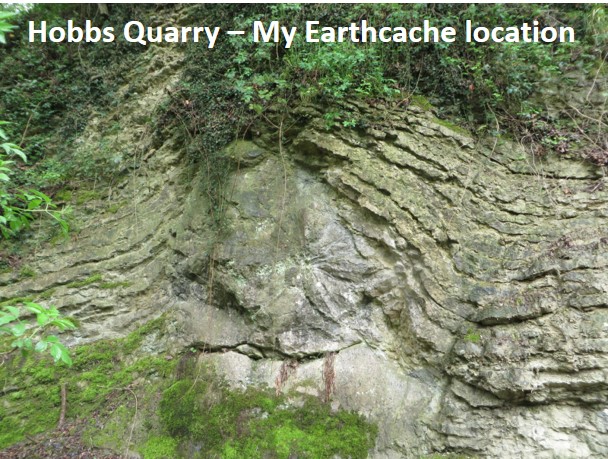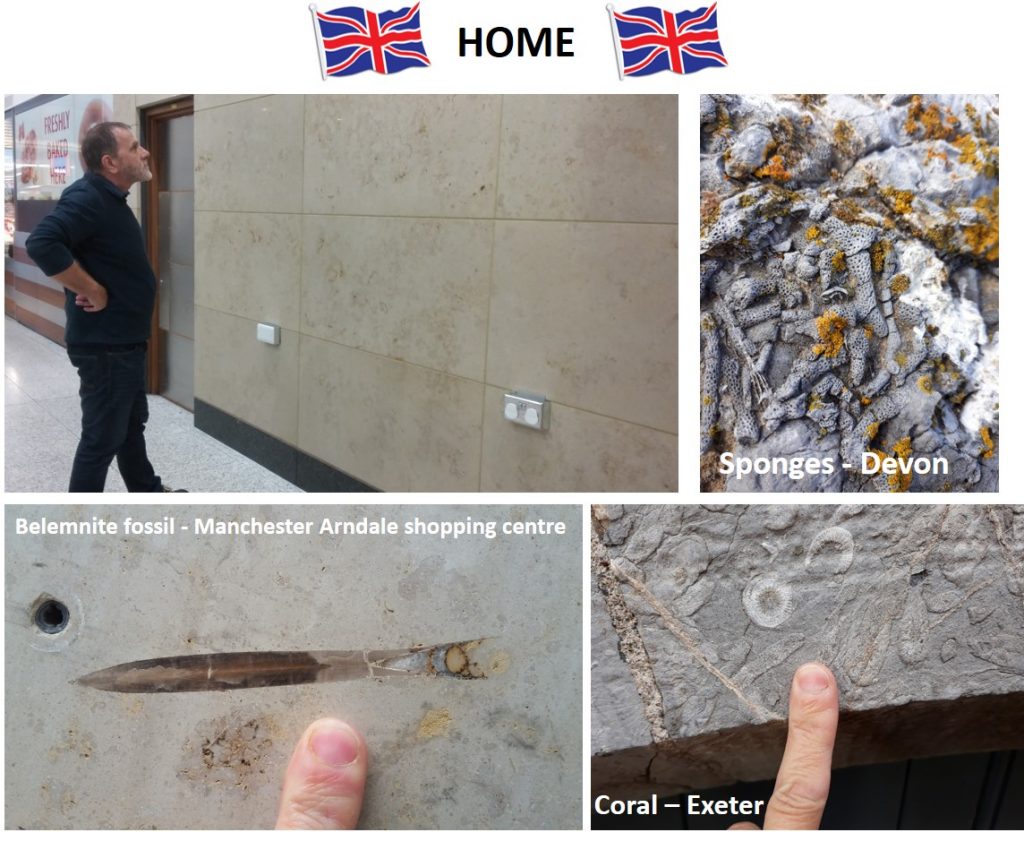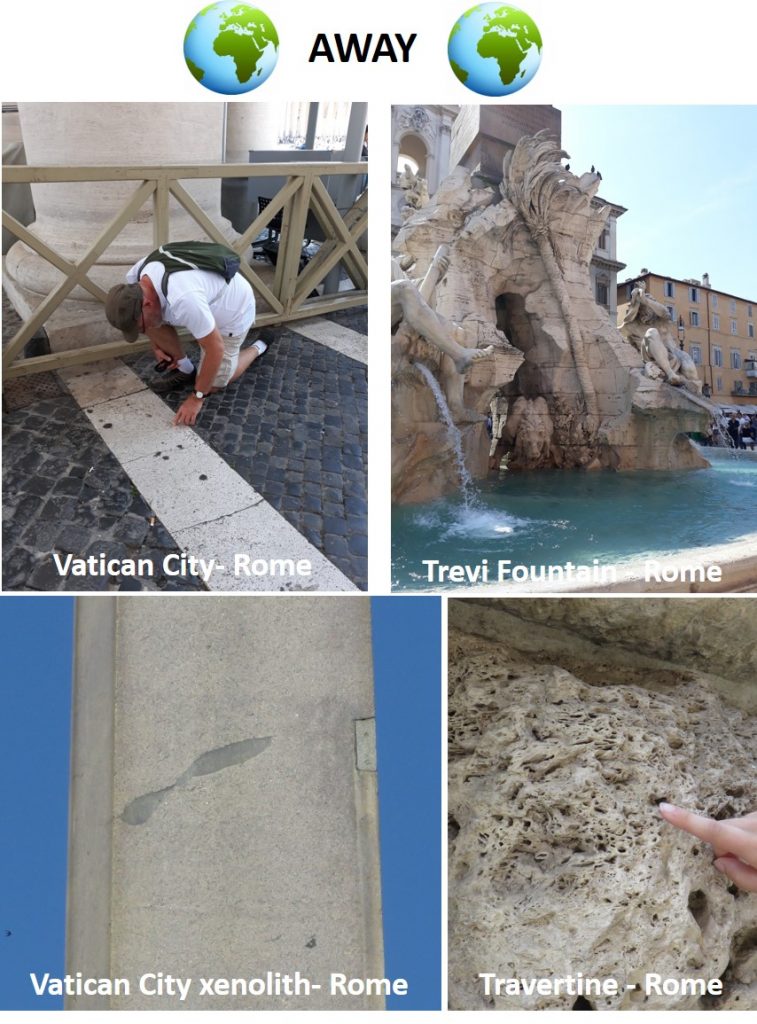With summer fast approaching, you may be wondering what activities to keep you and your kids entertained. As geoscientists we think there is nothing better than getting outdoors, even when the British weather is unpredictable! A while back we introduced you to Geocaching (click here to read the full article), and also EarthCaching. Here is a reminder of the EarthCaching article, written by Fiona Lawrance.
One type of geocache that may be of special interest to the geoscientist is the EarthCache. When you use your GPS to navigate to the coordinates of an EarthCache, instead of finding a physical cache with a log to sign, you will find yourself at a location of geological interest. The cache page will have a description of the feature and once at the site you will be expected to carry out some observations and measurements to show that you have visited the feature. In order to claim a find you will need to use the information you have recorded to answer some questions that the cache owner has set, by sending them an email or message. The cache owner will respond regarding your answers and will let you know if you can log it as a find.
EarthCaches were devised by the Geological Society of America as part of an educational programme to bring geoscience activities to a wider audience. Each new EarthCache is checked by one of their team of reviewers who ensure that the required tasks are suitably educational. Every year the GSA celebrates International EarthCache Day on the first Sunday of their Earth Science week and anyone logging an EarthCache on that day will receive a digital ‘souvenir’ on their geocaching profile.
EarthCaches can take you to some very interesting and sometimes unexpected places. As you will expect, there are many highlighting interesting features found in normal exposures such as at my own EarthCache in Hobbs Quarry, Gloucestershire (click here to visit my page). I first visited this location on a Merlin field trip and was so impressed, that I had to share it with my fellow Geocachers.

Other EarthCaches may involve you visiting a viewpoint to see the shape of a glaciated valley, finding fossils in a pavement, observing the weathering effect on gargoyles of a church or to decide if a statue is made of igneous, metamorphic or sedimentary rock.
On my foreign travels I have found myself describing travertine used as building stone in Rome and spotting a xenolith in the obelisk in St Mark’s Square in the Vatican. We bumped into some German Geocachers at the Vatican as they were the only other people closely examining the pavement rather than admiring the buildings. In the UK I have recorded trace fossils in the paving slabs of Skipton, found belemnite fossils exposed on the walls of Manchester’s Arndale Shopping Centre, found coral exposed in the floor of Blackburn’s bus station and described a granite bench outside Carlisle Cathedral.


For us geoscientists searching for an EarthCache on your travels can really enrich your trip. Even for non-geoscientists, Earthcaches really do highlight the fact that geology is everywhere!
EarthCaching involves observing and interpreting rocks on a relatively small scale in the field. Merlin has been helping clients make sense of their large scale data for over 25 years providing seismic and geological interpretation – let us know if we can help you!



